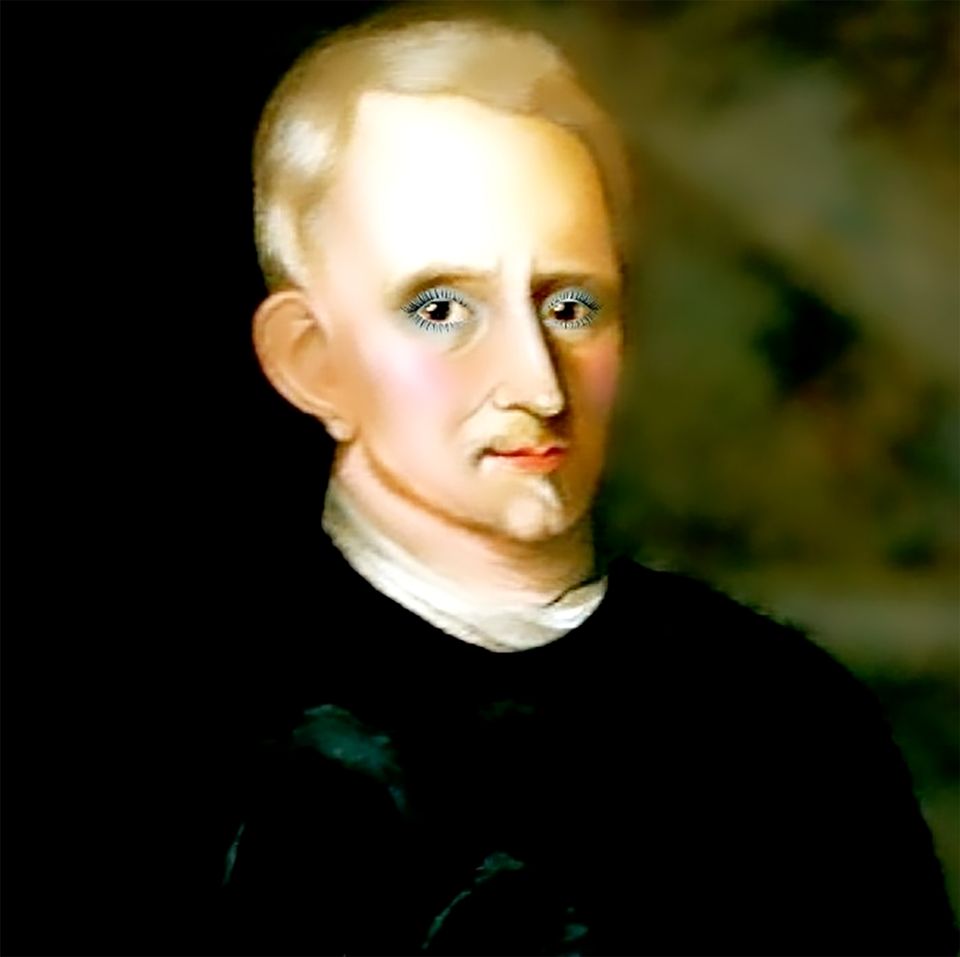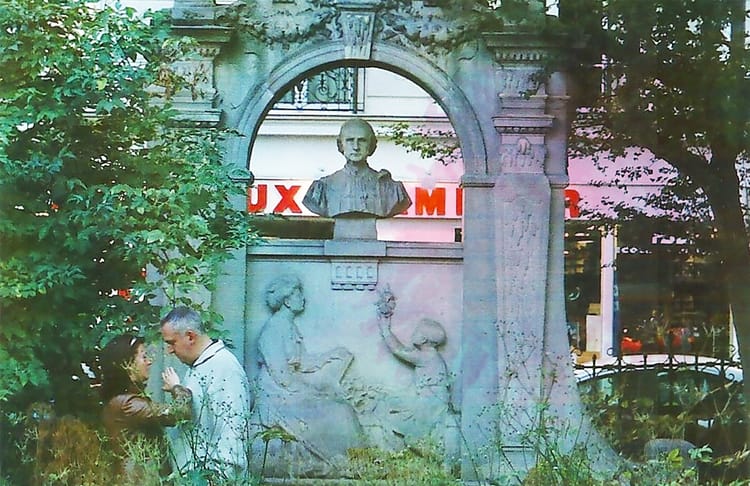Tuesday Obituary: Jan Baptista van Helmont (d. 1644)

by Sahar Tavakoli.
Jan Baptista van Helmont has died, age 64 on December 30, 1644 in Vilvoorde, Belgium, 16 kilometers away from his birthplace of Brussels. Born to Christaen and Maria (van Stassaert), he was the youngest of five children and widow of Margaret van Ranst.
An alchymist, philosopher, and mystic, Jan Baptista van Helmont received his formal training in medicine from the University of Leuven. Nonetheless, it was in the world as it existed beyond the confines of the academe—with its messy experiences and chaos indicative of the esoteric divine—that he would gain his real education. Like so many who pursue further study, Jan was sceptical of the usefulness of the kinds of knowledge created in learned spaces. In his Ortus Medicinae he would reflect on the notes he’d made as a student, writing “it grieved me of my pains bestowed, and Years: when as indeed I observed, that all Books, with Institutions, singing the same song, did promise nothing of Soundness, nothing that might promise the knowledge of truth”. Out of the χᾰ́ος came ‘gas,’ and within the gassy vessel existed an ‘Archeus,’ an immaterial force that directs the material body in action as well as giving it form. Understanding and accessing this force, then, was essential for the administration of medical intervention. It was not only the cause of disease, it was also the remedy.

In 1661, Robert Boyle would write that Jan was “an Author more considerable for his Experiments than many Learned men are pleas’d to think him”. If Learned men had not been pleas’d with Jan, then the feeling was mutual. Frustrated by the seeming inefficacy of the medical treatments supplied by his peers, he branded them “Simples,” supplied only with an education that was itself “full of deceipt”. In reaction, he would develop a natural philosophy of his own, one that drew upon the theoretical and practical affordances of magic in order to access that force within material bodies that allowed disease to manifest. Boyle was not the only member of the Royal Society to have recognised the value of Jan’s work. His 1605 text, de Peste, would inspire great historical weirdo and wonderful son Isaac Newton to attempt to induce emetic reactions from toads.
I was introduced to van Helmont in 2013 by Melissa (not her real name). For the next 6 years—through our time as Masters students in the same department, and into the first four years of my PhD in a different department on the other side of the world—the name ‘van Helmont’ would be interchangeable with the name ‘van Helsing’ in my imagination: a fictional character from a film I’ve not seen. The result was a third substitution: van Helmont was now the Wolverine. It would take re-introduction to van Helmont in 2019 for the name to stick, for the historical figure to come to life, and for the department in which I’d first heard of him to die. In the four years that preceded my return, the place persisted in my mind as the location of better times – somewhere I should have stayed and where things would be good again, where ideas would flow, if only I could go back.
It was a shithole, something I’d not realised while wading through the shit the first time around. What it had once kept backstage it now had on full display. One professor typed out his breakup with the student he’d been having a relationship with, leaving the letter uncollected in the communal print room, another abandoned the full burden of teaching duties to a student in order to dedicate his time to defending TERFs and race realists online. Yet another was taking paid leave while the dust settled on his battery of a graduate student.
Van Helmont found the university full of self-congratulating Simples and I found Melissa, eating pimento-stuffed olives like they constituted a complete meal, completing a dissertation that would inspire me to return to my own.
The physical body of Jan Baptista van Helmont is survived by, Dr. Melissa d’Anjou (not her real surname), as well as by his own immortal Archeus. My ex-department is survived by its own uncanny corpse.




Comments ()